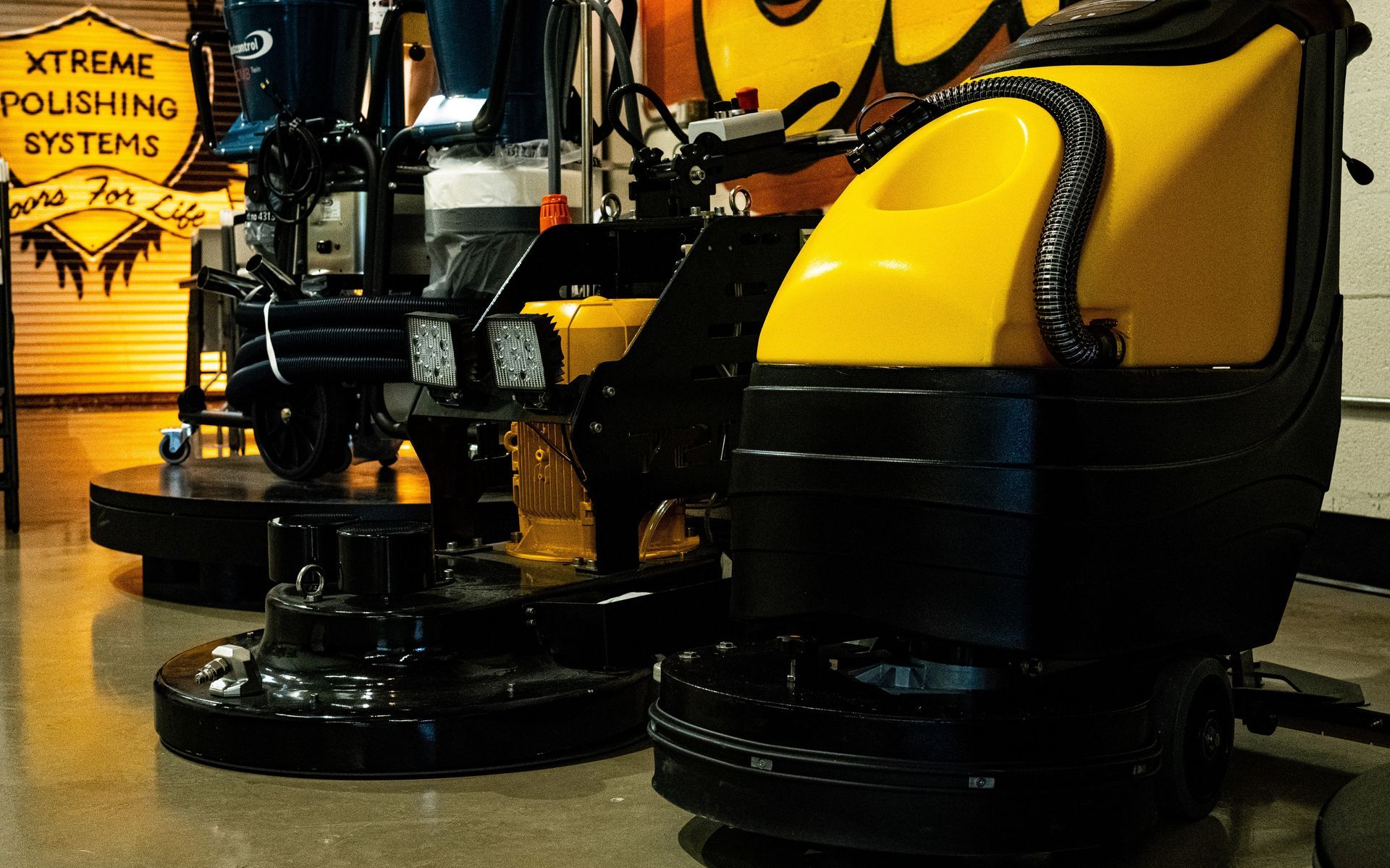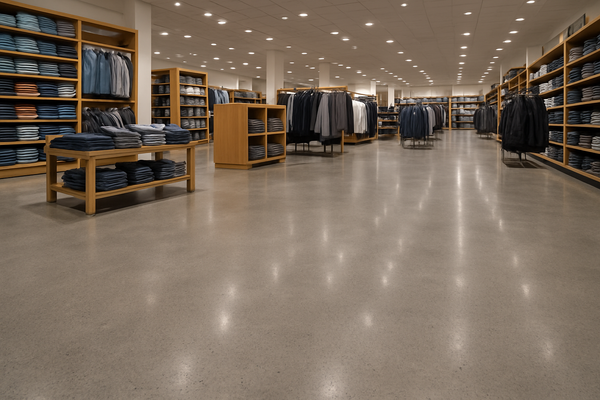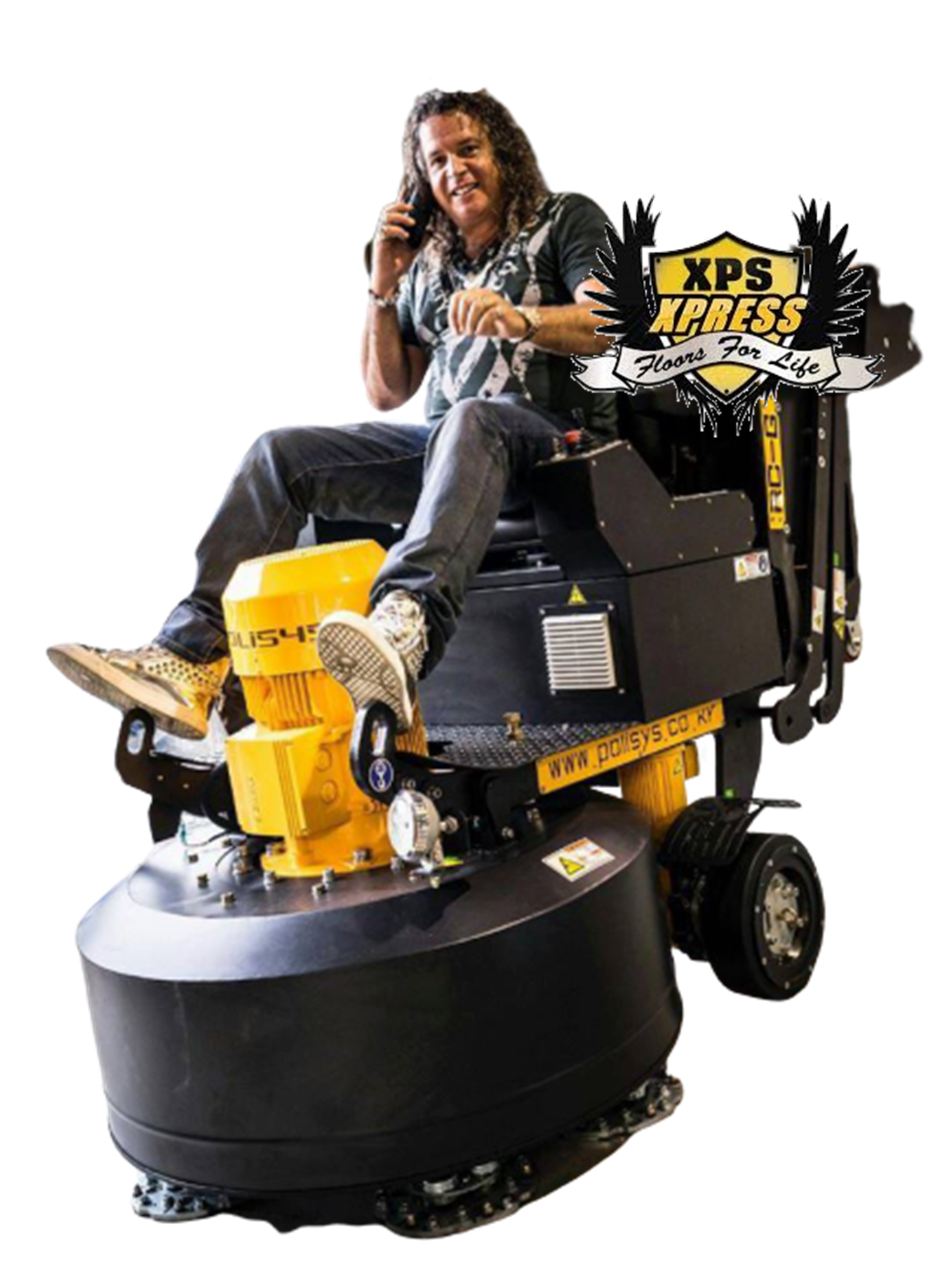Coating Your Concrete Patio
Understanding the Benefits of Coating Your Concrete Patio
Concrete patio paint and floor coatings offer a variety of aesthetic improvements. With textured finishing options, you can transform your patio into a visually appealing outdoor space.
Whether you desire a sleek, modern look or a rustic finish, there’s a concrete floor coating that complements your style and enhances your home's overall appeal. This versatility allows you to customize your patio to suit your unique taste, creating an inviting atmosphere for gatherings.
Moreover, coated concrete patios are designed to withstand various weather conditions and resist stains from spills and debris.
A quality coating provides a moisture barrier , preventing damage from rain and snow, and makes it easier to clean up accidental spills. This resistance not only maintains the appearance of your patio but also reduces the maintenance required, allowing you to enjoy your outdoor space without the hassle of frequent upkeep.
Choosing the Right Coating for Your Concrete Patio
Selecting the right coating for your concrete patio is essential for enhancing its beauty and durability. Popular options include polyaspartic floor coatings , epoxy flake systems , and quartz floors , each offering unique benefits.
Polyaspartic coatings create a protective layer that guards against extreme weather. Epoxy flake systems and quartz floors offer a robust finish resistant to chemicals and heavy foot traffic, making them ideal for high-usage patios.
Several factors should guide your selection process. First, consider the level of foot traffic your patio endures. High-traffic areas may benefit from more durable options like epoxy, while lighter usage can accommodate stains or sealers.
Additionally, assess the weather conditions in your area; some coatings are more resistant to UV rays and harsh elements, ensuring your patio remains beautiful longer.
Finally, think about how your chosen coating will match your overall outdoor design. By harmonizing the concrete coating choice with your landscape and home aesthetics, you’ll create a cohesive outdoor space that’s both functional and visually stunning.
Preparation Steps for Coating a Concrete Patio
Before you start to coat a concrete patio, it's crucial to ensure that the surface is clean and repaired.
Begin by sweeping away any debris, leaves, or dirt. Next, use a pressure washer or a scrub brush with a suitable cleaning solution to remove any stains, grease, or mildew.
Allow the patio to dry completely before moving on to repairs. Inspect the surface for cracks or holes, and fill these with a concrete patching compound to create a smooth, even base for your coating.
In addition to cleaning and repairing, gather the right tools and materials for the job.
Key essentials include concrete repair products such as patching compounds or crack fillers, surface preparation equipment like hand grinders or a floor grinding machine, and a vacuum as well as a concrete coating system of your choice. You'll also need application tools like paint rollers, floor squeegees, and scrapers for precise application, along with safety gear including gloves, goggles, and a mask.
Having these tools on hand will streamline your preparation process and ensure you are well-equipped for the task ahead.
Safety precautions are vital when preparing to coat a concrete patio. Ensure that you work in a well-ventilated area, especially if you are using chemicals or coatings that emit fumes. Wear protective gear such as gloves and goggles to shield yourself from any harmful substances.
Additionally, be mindful of the weather; avoid coating your patio on rainy days or when temperatures are too low, as this can affect the adhesion and curing of the coating. By following these preparation steps, you will set the stage for a successful and long-lasting concrete patio coating.
Step-by-Step Guide to Coating Your Concrete Patio
Coating your concrete patio not only enhances its appearance but also provides protection against the elements. Here’s a step-by-step guide to ensure you achieve the best results.
First, choose the right application technique based on the type of coating you are using. For epoxy or polyaspartic coatings, a roller or squeegee application works best, allowing for even distribution. Always follow the manufacturer's instructions for the specific product you choose.
Proper preparation is essential for a flawless finish. Begin by thoroughly cleaning your patio to remove dirt, grease, and old coatings. Once dry, use a concrete grinder or hand-angle grinder to create an ideal surface for adhesion. Vacuum up any dust from the grinding process . When applying the coating, work in small sections and keep a wet edge to prevent lap marks.
After coating, allow the surface to cure properly . Curing times can vary, so it’s essential to consult the product guidelines. Typically, you should avoid heavy foot traffic for at least 24-48 hours and refrain from placing heavy furniture or planters on the patio for a week. For ongoing maintenance, periodically clean the surface with a mild detergent and reapply a sealant every few years to keep your patio looking fresh and vibrant.
You might also like
Epoxy Floor Polished Concrete Blog






